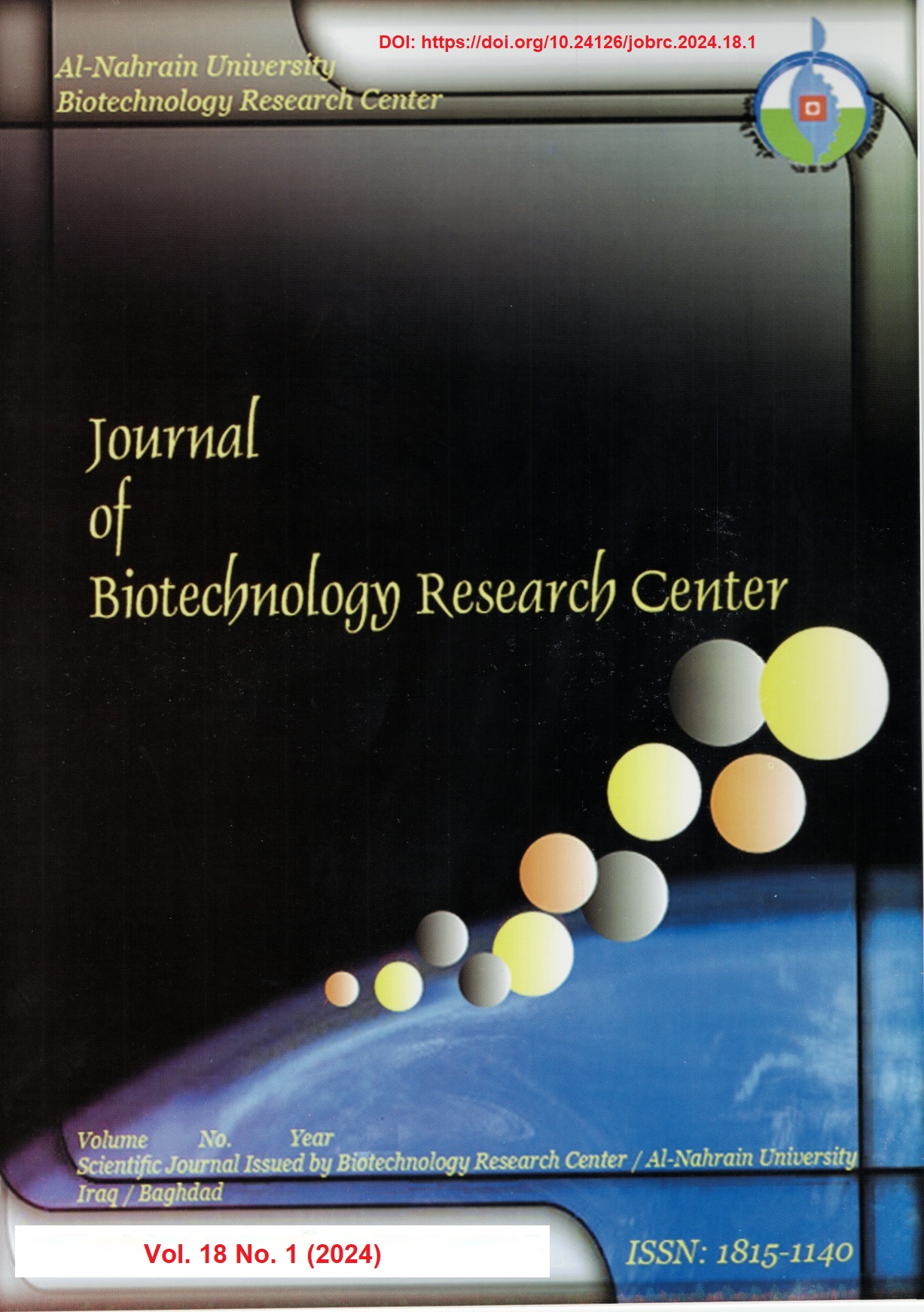Abstract
Background: Natural products of herbal medicines and their secondary metabolites have been suggested to treat T2DM and they may have the potential as DPP-4 inhibitors.
Objective: This study was conducted to estimate the phytochemical content , radical scavenging activity (RSA) and DPP-4 (dipeptidyl peptidase-4) relative inhibition activity (RIA) of different extracts of Punica granatum peel.
Material and Methods: Fruit peel of pomegranate plant Punica granatum were subjected to extraction with four solvents (distilled water(AQ), 80% methanol(ME), 80% acetone(AC) and a mixed solvent(MX) that included methanol, ethanol, acetone and n-butanol at proportions (7:1:1:1), respectively. Yielded extracts were phytochemically analyzed for total polyphenols (TP) , flavonoids (TF) and HPLC analysis. The DPPH (2,2-diphenyl-1-picrylhydrazyl) radical scavenging activity (RSA) and DPP-4 (dipeptidyl peptidase-4) relative inhibition activity (RIA) were also assessed for each extract.
Results: The results showed that acetone solvent (AC) extract of fruit peel of Punica granatum recorded the highest content of TP and TF (159.9 ± 1.0 mg Gallic acid equivalent/g dry mass) and (7.6 ± 0.2 mg catechin equivalent/g dry mass, respectively) . Mixture extract (MX) was showed the highest antioxidant activity of (54.7 ± 0.9% RSA). While methanol extract (ME) recorded the highest DPP-4 RIA (47.1 ± 1.5%). HPLC analysis showed the presence of Gallic acid, Tannic acid, Ellagic acid and B carboxylic acid at concentrations of (94.61, 130.14, 528.46 and 159.64 ug/ml, respectively). Conclusion: The importance of natural products as radical scavengers and DPP-4 inhibitors is encouraged, and such biological effects were dependent on the plant species and the solvent of extraction. Punica granatum mixture extract was suggested to have a prominent RSA, while methanol extraction of Punica granatum peels are recommended to be a target for investigations involved in the development of anti-T2DM and anti-cancer therapies.
Objective: This study was conducted to estimate the phytochemical content , radical scavenging activity (RSA) and DPP-4 (dipeptidyl peptidase-4) relative inhibition activity (RIA) of different extracts of Punica granatum peel.
Material and Methods: Fruit peel of pomegranate plant Punica granatum were subjected to extraction with four solvents (distilled water(AQ), 80% methanol(ME), 80% acetone(AC) and a mixed solvent(MX) that included methanol, ethanol, acetone and n-butanol at proportions (7:1:1:1), respectively. Yielded extracts were phytochemically analyzed for total polyphenols (TP) , flavonoids (TF) and HPLC analysis. The DPPH (2,2-diphenyl-1-picrylhydrazyl) radical scavenging activity (RSA) and DPP-4 (dipeptidyl peptidase-4) relative inhibition activity (RIA) were also assessed for each extract.
Results: The results showed that acetone solvent (AC) extract of fruit peel of Punica granatum recorded the highest content of TP and TF (159.9 ± 1.0 mg Gallic acid equivalent/g dry mass) and (7.6 ± 0.2 mg catechin equivalent/g dry mass, respectively) . Mixture extract (MX) was showed the highest antioxidant activity of (54.7 ± 0.9% RSA). While methanol extract (ME) recorded the highest DPP-4 RIA (47.1 ± 1.5%). HPLC analysis showed the presence of Gallic acid, Tannic acid, Ellagic acid and B carboxylic acid at concentrations of (94.61, 130.14, 528.46 and 159.64 ug/ml, respectively). Conclusion: The importance of natural products as radical scavengers and DPP-4 inhibitors is encouraged, and such biological effects were dependent on the plant species and the solvent of extraction. Punica granatum mixture extract was suggested to have a prominent RSA, while methanol extraction of Punica granatum peels are recommended to be a target for investigations involved in the development of anti-T2DM and anti-cancer therapies.
Keywords
DPP-4
DPPH
flavonoids
HPLC
inhibition.
peels
Punica granatum
total polyphenol
